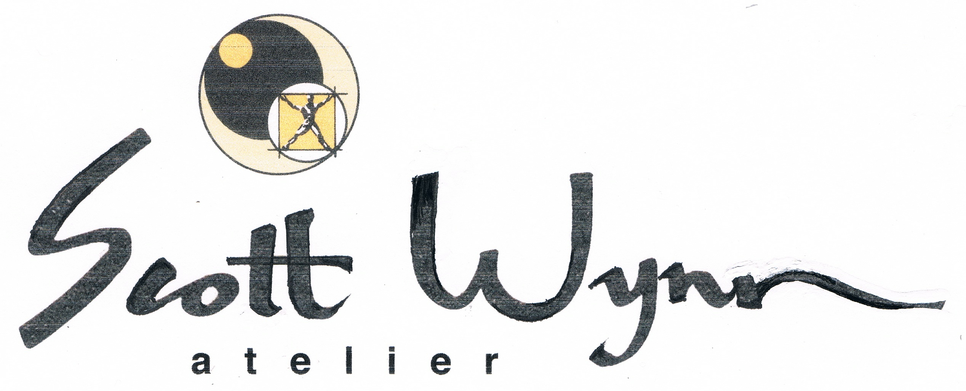WHAT IS THE BEST FINISH FOR WOOD? May 29, 2015 19:30
Choosing Oil, Oil-and-Varnish, Varnish, Lacquer, Shellac, or Catalyzed Finishes
So what is the best finish?
Tung oil (preferably polymerized) for everyday hard use items, especially seating.
Catalyzed varnish for special formal use furniture, particularly table tops; and for kitchen and bath cabinetry.
There.
Unless you want to know why I think that, you don’t have to read any further....
There are two types of wood finish: penetrating (oil), and film producing (such as varnish).
Penetrating finishes bring out the life in the grain of the wood like no other finish. The moment oil is first applied to the raw wood of a piece of furniture is one moment that the woodworker lives for. You can actually see light within the wood and you can still see and feel the texture and grain of the wood.
However, with the exception of tung oil, oils do not provide a significant protective film. And while tung oil can provide good protection, it requires at least 8, preferably 12 or more hand rubbed coats sanded to as fine as 800 between each coat for a significant film. You can build a finish as thick as varnish, but it will start to look like a varnish, and there will be increasing distance between you and the wood, and an increasing focus on the sheen of the film on top of the wood.
Why bother? Well, with the exception of table tops, as little as three coats — on a chair, for instance, or table top accessories — will give good protection from dirt, enhance the grain of the wood, and preserve its tactile qualities. Unlike a film finish, it will get better with age. And on convoluted surfaces — such as a chair — it can be easier to apply than many finishes. It does penetrate deeply, and dries to a film that remains resilient and not brittle.
Thus the chipping of a film finish that begins at the edges and spreads first as a ragged white edge that soon turns dark as it fills with dirt, allowing the raw wood now exposed to get stained a different color than the portion that remains finished — does not happen with tung oil.
Table tops, however, are their own animal. They are subject to heat, stains chemicals, abrasion, and are easily inspected in the horizontal light they are usually seen in. My opinion is that for a daily use, family table, a tung oil finish will look better in 20 years than a hard film finish — many times, within 5 years. It will, however, require some attention, a bit of maintenance, and every so often a going over.
If this is done, the patina will improve, the beauty of the wood will remain, and a record of the life of the family that used it will be subtly recorded. Alternately, you use a table finished with a hard film for 5 or 10 years and then have it totally stripped and refinished (the stripping process is very hard on the wood)— or just get rid of it!
next: Why Not Linseed Oil?
